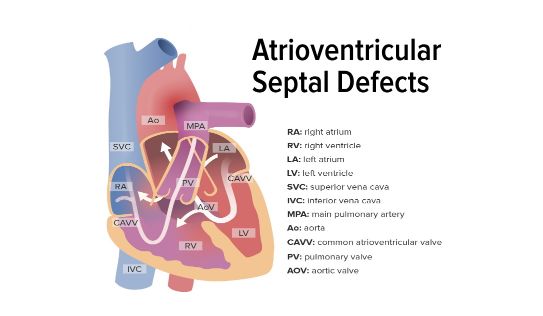
Understanding the Function and Importance of the AV Node in Cardiac Conduction
Introduction The human heart is a marvel of biological engineering, orchestrated by a complex network of electrical signals. At the center of this intricate system lies the atrioventricular (AV) node, a crucial component of cardiac conduction that plays a vital role in maintaining efficient heart function. The AV node is a specialized group of cells located in the heart’s septal wall between the atria and ventricles. Its primary function is to delay electrical impulses coming from the atria, allowing for optimal coordination between atrial contraction and ventricular filling. This delay ensures proper blood flow and prevents chaotic electrical activity that could compromise the heart’s efficiency. Understanding the intricacies of the AV node’s function and its importance in cardiac conduction can provide valuable insights into the diagnosis and management of various heart rhythm disorders. What is the AV Node? The atrioventricular (AV) node is a specialized mass of cells located in







